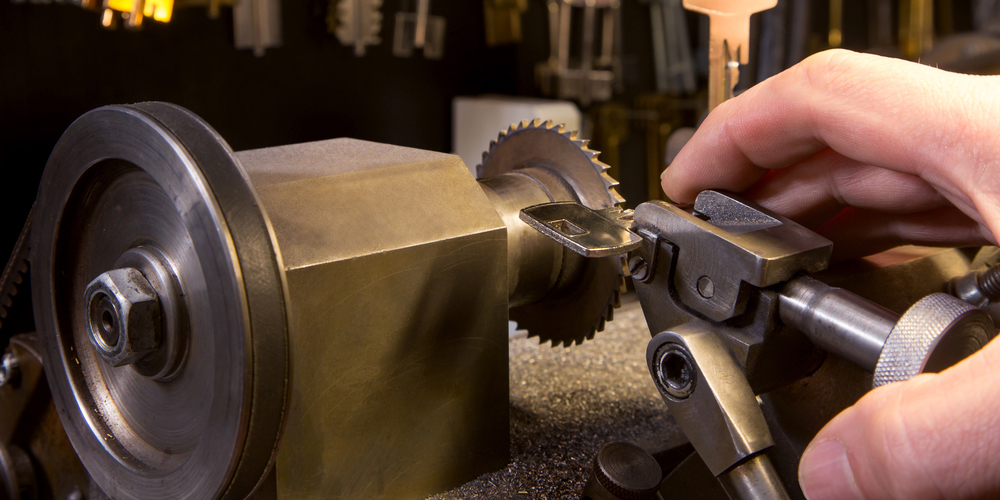How to Fix Leaky Internal Pipes
- By : Jack Smith
- Date :
- Tags: handyman service

Help for Homeowners
Do you think there is a leaky pipe within your walls that needs fixing? If so then here are few things that you can do about it:
- Confirm a leakage: Before jumping into conclusions and bringing your walls down, it is important to make sure that you actually have a leaky pipe inside. Your pipes may burst and flood surrounding areas but sometimes things are a little more subtle. You may see no sign of water but you’ll see your wall paint or wallpaper coming out right around the place your leaky pipe is. The area may look damp. You may also see mould growing where it has never been before or may find new patches of grass growing in the yard if the leakage is in a pipe placed outside the building.
- Locate the leakage: generally, the most severely affected area is located near to the leakage site. So look for the area that is worse than the rest of the affected area. But sometimes the leakage may be far from the actual leakage point as in case of a blockage or extremely low temperature. The blockage results in increase in the temperature throughout the pipeline behind it which ultimately causes the leakage someplace else.
Check for any bad smell or smell of sewage –it indicates the leakage is in one of the sewage lines. It is best to look for a handyman near you to fix this as it may get really messy if you have no experience.
- Steps to fix pipes: Though the easiest and the best way to fix this is to call for handyman services in London but if you want to take things into your own hands, here is what you can do:
- Cut a piece of drywall: After you are sure about the exact location of leakage, hammer in and take a piece of the drywall near that area out.
- Locate point of leakage: if the leakage is very small you may need to wrap the pipe with a piece of cloth or paper and observe where it gets wet to find the exact location of the leakage.
- Cut of main supply: Do this to avoid water running out of pipes while you are working.
- Place a bucket below: Once you turned off the main source, place a bucket just underneath the pipe to avoid spilling the residual water within the pipeline.
- Cut the pipe: Use a pipe cutter to first cut the pipe below and then above the point of leakage. Clean the pipeline both from inside and outside to make it free of grease.
- Copper repair sleeve: wear gloves and goggles to protect you adequately. Then take the copper repair sleeve and place it properly to bridge the upper and lower part of the cut pipe portion. Using a blow torch first melt the lower part of the repair sleeve such that it melts and fills the joint. Wait for it to cool and only then repeat the same with the upper part of the sleeve.
- Repair the drywall
There are various reasons why you might be having leaky pipes frequently. One such reason is if you live in a very cold area where the temperature of the water goes below 4°C and expands within the pipe and increases pressure from within. In such cases, it is best to find a local handyman to help you deal with the cause rather than trying to fix the pipes every time they start leaking.







